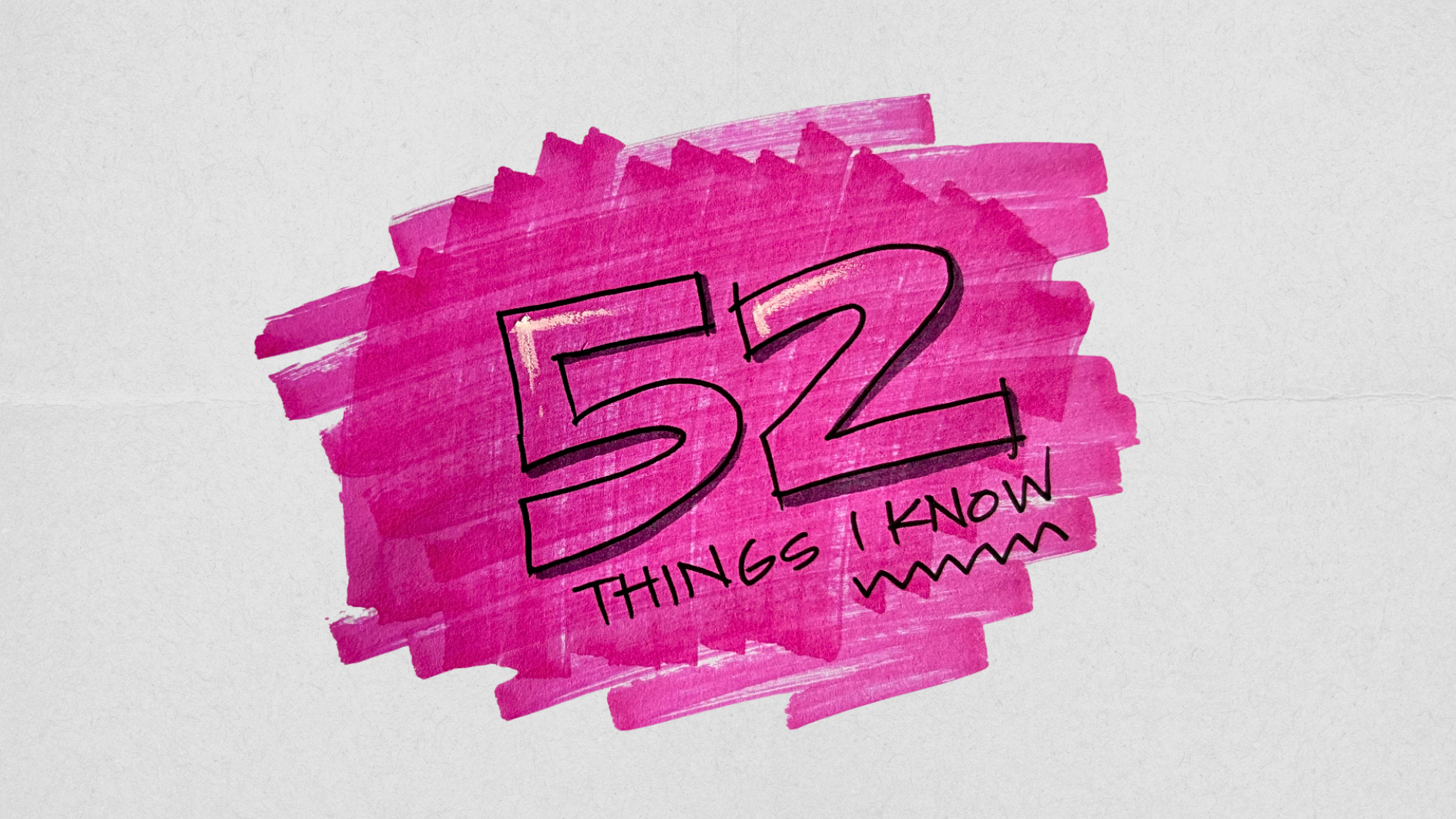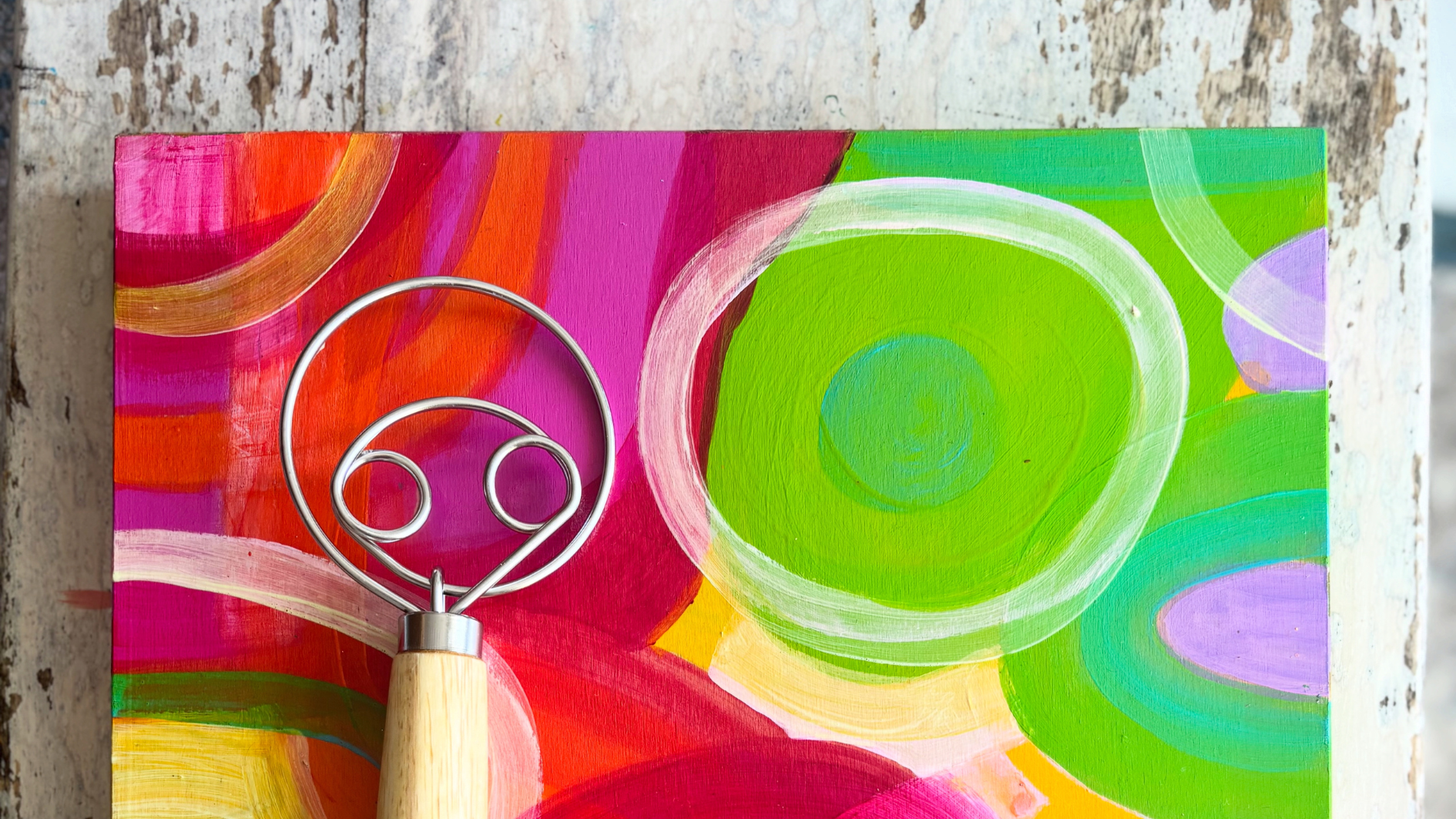Geraldine Cox AM came pole vaulting into my life just a few weeks ago when she asked if I had time for a coffee in Sydney. Sure, I said, having never met her before. Geraldine is famous for saving hundreds, if not thousands of Cambodian kids from grinding poverty and a crap life. And she’s also famous for her wild orange hair and forthright style. My kinda lady.
The night before I met Geraldine, she was on Australian Story. And what a story she has lived. She was never able to have her own children. So, in 1995 at aged 50, after a long career in foreign affairs, Geraldine moved to Cambodia where she established Sunrise Cambodia. Now at 70 she has been “mother” to more than 1000 impoverished children in the provinces of one of the poorest countries in the world.
By the end of a one-hour chat at Bambini’s on Elizabeth Street on a sunny Tuesday in August, Geraldine and her chairman, an ex-school headmaster from Adelaide, had me considering the role of CEO of Sunrise Cambodia in Australia. They needed help to raise funds for some brilliant projects in rural Cambodia. It would be weeks of due diligence and a grueling full board interview before the role was a solid offer and I was on a plane to Phnom Penh to see the work for myself. Here’s what I have learned:
1. The orphanage model is not ideal but there are some kids who will always need residential care.
The United Nations is moving away from endorsing the orphanage model. There are no orphanages in Australia and there are good reasons for that. Kids are better off growing up in a family setting rather than in an institution. But some kids have needs which can’t be met in a family setting, particularly the disabled in a country like Cambodia.
Geraldine introduced me to one such child who lives with her at Ta Kmao an hour out of Phnom Penh. This little girl has serious disabilities after suffering meningitis. She’s pretty, overly affectionate and in Geraldine’s words, “would be raped to death if she didn’t live here.” Another little girl (who promptly stole my heart and is pictured below) has some kind of physical disability, which has fused her knees so she has never been able to bend her legs. She walks on her hands and feet but this has not wiped the smile off her face. She is the happiest little girl in Cambodia who will need specialist care for life. Having said that, Sunrise began as an orphanage but is now a diverse part of the community giving families the support they need (education, sanitation and sustainable development) so that babies and toddlers are less likely to be abandoned or left at risk.
2. Cambodia teaches patience.
For a hot fiery go-getter, Geraldine Cox is remarkably patient. Weird hey? She tells me she was never patient before she moved to Cambodia but gradually learned that impatience is pointless. “Impatience – along with jealousy, resentment and guilt – is an absolute waste of energy,” she told me over a vino one evening in Seam Riep. And let me tell you, Cambodia tests your patience. It can be slow and clunky and nonsensical and late. But it gets there eventually and it’s wonderful when it does.
The people of Cambodia never seem to show any signs of impatience or frustration. There are no written road rules but Khmer folk just seem to make calm, generous allowance for others on the road. There’s no such thing as road rage in Cambodia. I asked Geraldine what a Cambodian looks like when they lose their temper. She had a think and then said, “No idea, never seen it happen.”
3. Great chairman, will travel.
One of the reasons I accepted the role of CEO (Australia) was because the chairman of the board is a rock solid operator. Kevin Tutt is decisive, articulate, demanding and a very experienced chairperson. A CEO cannot do her job without the guidance and loyalty of a solid chair who is focused on the cause and knows how a board should operate. But Kevin is more than a suit with a charity board role embellishing his CV. For the past 18 months, he has been based in Cambodia, sweating it out alongside 100 Cambodian staff to see through the vision of Sunrise. He’s ambitious, visionary and compassionate while he loves the families he serves. He’s also Geraldine’s number one supporter.
4. It all comes down to good hair.
Geraldine is well known for her bright orange bun, which she stabs with a chopstick. She’s been doing her hair like this for decades and it’s become her trademark, making her memorable and easily recognised. People may not immediately recall the name Geraldine Cox but they always remember the Aussie woman in Cambodia with the orange bun. And I have a pink mohawk that is handy for the same reason. We look ridiculous together.
On a trip to see one of Sunrise Cambodia’s success stories in the provinces, we stopped by a school that is desperate for help. There are three toilets for a school of 700 kids and the classrooms are dirty and unfurnished. The teachers are so badly paid, they don’t always show up. It was school holidays so the only person kicking dirt in the playground was a little shepherd boy and his cows. We asked him how old he was and he looked up at the sky and said he didn’t know. Then he told our driver that he’d never seen foreigners before. “Oh dear,” said Geraldine. “He’s going to think all foreigners have bright coloured hair.” “Maybe I should dye my hair blue,” said Kevin.
5. Poverty is utterly degrading.
On my second day in Cambodia, Geraldine said, “Come on, let’s go to the dump”. She said it like it might be fun. I wore thongs. When we got there, the stench nearly knocked me off my feet. The dump stank like a roasted turd, my eyes watered and I started to gag. In the middle of the dump was a huddle of people: two women, three kids and a transsexual teenage boy with no shoes. They stood knee deep in the steaming, fermenting rubbish. With long hooks, they were digging through the trash, tearing open plastic bags and searching through the foul mess. We spoke to one of the women in that group who had been living on the dump for a decade. She sang as she hacked bags open then stopped when she found an apple core and ate while she spoke to Geraldine. She had the prettiest face, swarming in black flies. I had to go away and cry.
My partner Doc was with us and I buried my nose in his shirt to try and overpower the smell from the dump with his man-smell. One of the women had a big ugly growth on her face, the size of a plum, and she’d never been assessed by a doctor her whole life. “We will organise to get her to a hospital. But we need to help the whole dump village, not just these people,” said Geraldine. Then she took me to a local school where, if we can raise the funds in Australia, Sunrise will create a day care for the little kids, improve the school for the older kids and provide a laundry and showers for the adult villagers. “And some push-bikes so they can get here easily to learn and clean up,” she said.
6. Resilience makes the world go round.
I will never forget the story of a girl named Waew. Her name is pronounced “wow” and that’s the best way to describe her. She was horribly injured in an acid attack that would change her life forever. She lost an eye and an ear and her face and body is terribly disfigured but she is still the most friendly and optimistic human you could hope to meet. She’s about 19 now and doing the equivalent of year 12 with the support of Sunrise. Last year she was asked to present at a conference on acid burns in Geneva. So the girl who had never left rural Cambodia flew by herself to Switzerland to make a speech IN ENGLISH at an international conference. Wow.
—
Read more about Lucy’s journeys in her memoir, Get the Girls Out.



